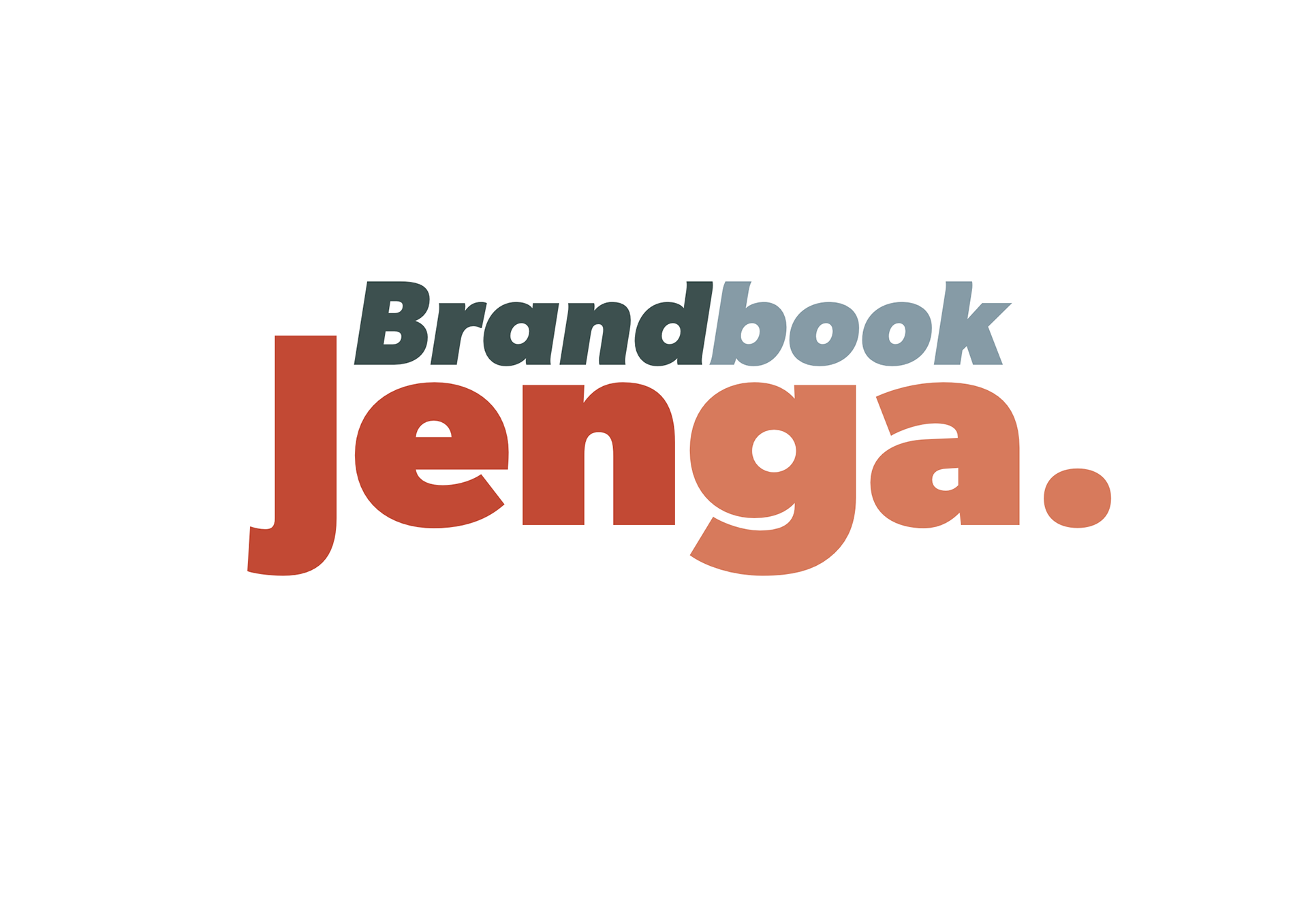Jenga

Jenga
Last year I joint Jenga in Zanzibar. Jenga is a foundation that helps local woman with selling their handmade products. The money that is earned goes directly to them and in this way they become independent and it is possible to send their children to school.
What did we do?
We were there to help the woman to connect with their target group: The tourists. We did research about the costumer journey of the tourists in the Jenga store in Paje and we asked the tourist questions about their needs. We helped with the designing process and we brainstormed about adjustments to make the products more appealing for their target group.
With small changes we made the products more valuable and we added more functions into the designs. We told the people at Jenga that they had to get in contact with their customers, because in this way they learn a lot about each other. When you know your audience you can respond to their norms and values. In this way the costumer journey will be more pleasant for both parties.
Exploring the possibilities with the commodities from Zanzibar
Visit at the school in Paje
Discussing about adjustments in design to make it more appealing for their target group.
Local farmers lunch from the gardens of Zanzibar
Children with Jenga clothes
Woman working in at Jenga
Visit at the Seaweedcentre.Co
The team from Cibap
School visit
When we visited a school, the children told us that the plastic pollution has a big, negative impact on their island. People aren't used to separating and recycling their waste. They learned that they have to trow their trash on the streets instead of a trash can. And who can blame them, they didn't knew better.
When we walked over the beach, we saw that the crystal-clear waters were turning into a plastic soup. A little boy came up to me and said that: If we don’t change our behavior, there will be more plastics in the sea than fish by 2050.
We asked about this problem at a school nearby Paje. Surprisingly the children already knew a lot about the plastic soup and it's consequences. We talked about possible solutions and we worked in little group on our own ideas. I collaborated with Makila and Thomas. Makila was a girl from the school and Thomas a volunteer from England. Together we discussed the problem and how we could solve it. Makila told us that most people from her town didn't get the importance of cleaning up their waste. She told us that we have to make recycling and reusing materials more fun.
So we designed a new kind of garbage can. Not a normal garbage can but we turned recycling and separating trash into a game. When you wanted to throw something away, you accuall had to "throw" it. When your trash landed in the hole where it was supposed to be, you scored points. The holes looked like baskets, from the very well known ball sport, in this way the people from Zanzibar would recognize what they were supposed to do with it.
When our concepts were ready, we all pitched our designs. Everyone had very different, but awesome ideas. It was very inspiring to see how we learned form each other and how we can make a change together.
A lot of people say that the plastic problem is too big and that you don't make a difference on your own. But I saw how a small group of people can make a huge change. I learned that if you believe you can impact something challenging and you believe that together. You actually can change a lot on your own.
The next step
Back at school I chose to rebrand Jenga for my Marketing exam. First I did research on Jenga as a brand. Then I created a brandbook with the new style of Jenga. In this brandbook you can find the new colours and fonts I used to create a proposal to rebrand Jenga. I wanted to stay close to Jenga's norms and values. The African culture is very important for Jenga so I used a lot of design aspects of the Masaai group that works with Jenga. Then I thought of Jenga as of it was a person. What would he or she be like and what would be their hobbies. This helped me a lot to define Jenga as a brand. It also gave me insights how I would like to see Jenga grow in the future. You can read my brandbook down below>>














The final product


